Electrolyte Imbalance in Diabetes: What We Need to Know
Time to explore the impact of electrolyte imbalance in diabetes with tips for managing and monitoring – essential for our health!
Understanding Electrolyte Imbalance in Diabetes
For those of us dealing with diabetes, keeping an eye on electrolyte levels is super important. These elements, like sodium and potassium, play a huge part in our overall well-being.
Impact on Diabetes
With diabetes, electrolyte levels can go a bit haywire. If our blood sugar isn’t kept in check, sodium and chloride levels tend to drop while potassium and magnesium usually stick around the same. These changes can lead to problems like muscle weakness, confusion, and heart issues.
| Electrolyte | Normal Range (mEq/L) | What Happens with Diabetes |
|---|---|---|
| Sodium | 135-145 | Goes Down |
| Chloride | 98-106 | Goes Down |
| Potassium | 3.5-5.0 | Stays Steady |
| Magnesium | 1.5-2.5 | Stays Steady |
High fasting blood sugar can mess with kidney function, making sodium levels drop. As our kidney health goes downhill, sodium tends to decline too. We can catch this trend by measuring microalbumin levels in our pee, which can warn us about kidney issues if we’ve got type 2 diabetes (PubMed Central). Keeping tabs on our electrolytes means spotting these imbalances early on.
Role of Electrolytes
Electrolytes, they’re like the body’s superstar team. Sodium, potassium, calcium, chloride, phosphate, magnesium, and bicarbonate all have big jobs, like helping our muscles contract and keeping us hydrated. For those with diabetes, keeping these in balance can help avoid things like muscle cramps or dehydration.
Here’s the lowdown on what each one does:
- Sodium keeps fluid levels and blood pressure where they need to be.
- Potassium is a heart and muscle hero.
- Calcium helps lock in bone and muscle health.
- Chloride is all about fluid balance.
- Phosphate gets involved with energy and bone health.
- Magnesium lends a hand with muscle and nerves, plus sugar and pressure control.
- Bicarbonate maintains the pH levels.
Knowing the role these play helps us understand why it’s vital to keep levels balanced. For some ideas on how to do this, check out our articles on electrolyte drinks for diabetics and electrolyte-rich foods for diabetes.
Managing Electrolyte Imbalance
Importance of Monitoring
We’ve got to keep an eye on our electrolytes, especially for our buddies with type 2 diabetes. When sugar levels go haywire, those electrolytes can get out of whack. Keeping track with regular checks can really clue us in on what’s happening inside. Fasting blood sugar levels? Yeah, they kind of spill the beans about our electrolyte status, giving us a sneak peek of what’s happening (PubMed Central).
When diabetes gets out of hand, sodium and chloride take a nosedive, while potassium and magnesium don’t miss a beat, causing electrolyte imbalance. Especially, sodium likes to play hide and seek when urine microalbumin levels hike up.
| Electrolyte | What’s Happening? |
|---|---|
| Sodium | Droppin’ in folks with loose sugar control |
| Chloride | Says goodbye in high sugar scenarios |
| Potassium | Keeping its cool |
| Magnesium | Still chillin’ |
Keeping tabs on these guys helps us dodge bigger problems. It’s like playing defense for our overall health.
Interventions and Considerations
Alright, so dealing with electrolyte mishaps in diabetes is about tackling a handful of things. A troublemaker called hypomagnesemia likes to hang out in the diabetic crowd. It’s caused by stuff like pee that’s too ambitious, starving diets, hyperactive kidneys, offbeat insulin, water pills, and never-ending acidosis. Hypo-magnesia is the culprit behind muscle drama, heart hiccups, and stacking up long-term diabetes troubles, even bumping folks closer to kidney failure.
Diabetic Ketoacidosis (DKA)
DKA is another beast, lurking especially around the dehydrated folks. Too much acid partying in the blood alongside runaway sugar levels can spell big trouble. Staying hydrated and keeping those electrolytes in check can keep DKA at bay (Byram Healthcare).
To tame the electrolyte chaos, let’s put these strategies in play:
- Food Switch-Up: Get in those leafy greens, nuts, seeds, and bananas.
- Electrolyte Top-Offs: Maybe sip on some specially made for diabetics electrolyte drinks or grab some supplements.
- Hydration Hustle: Don’t skip the sips—stay watered up.
- Consistent Monitoring: Keep an eye on your sugar and electrolyte game to catch any sneaky changes early.
Stick with these tips, and we’ll be keeping our diabetes and the electrolyte fuss in check. Curious about what else electrolytes can do for our diabetes journey? Peek at our article on electrolyte benefits for diabetics for more tricks.

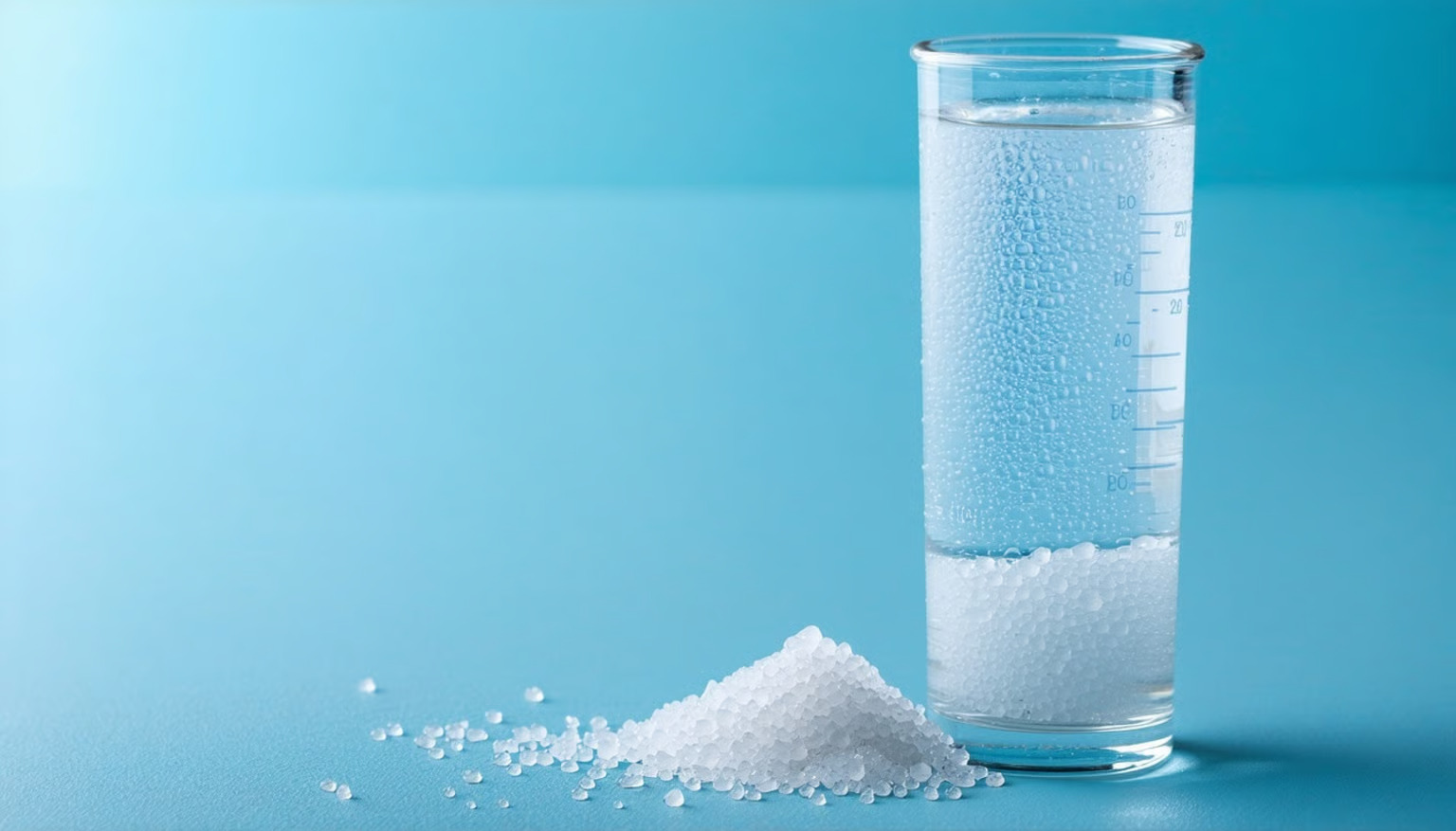
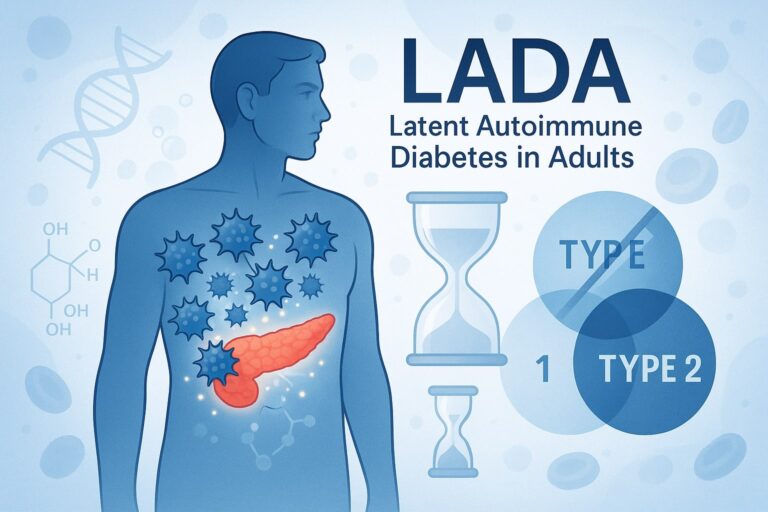
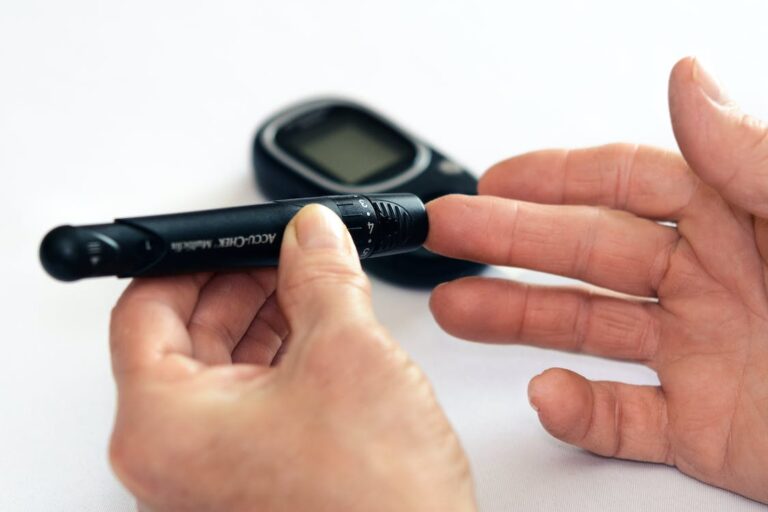

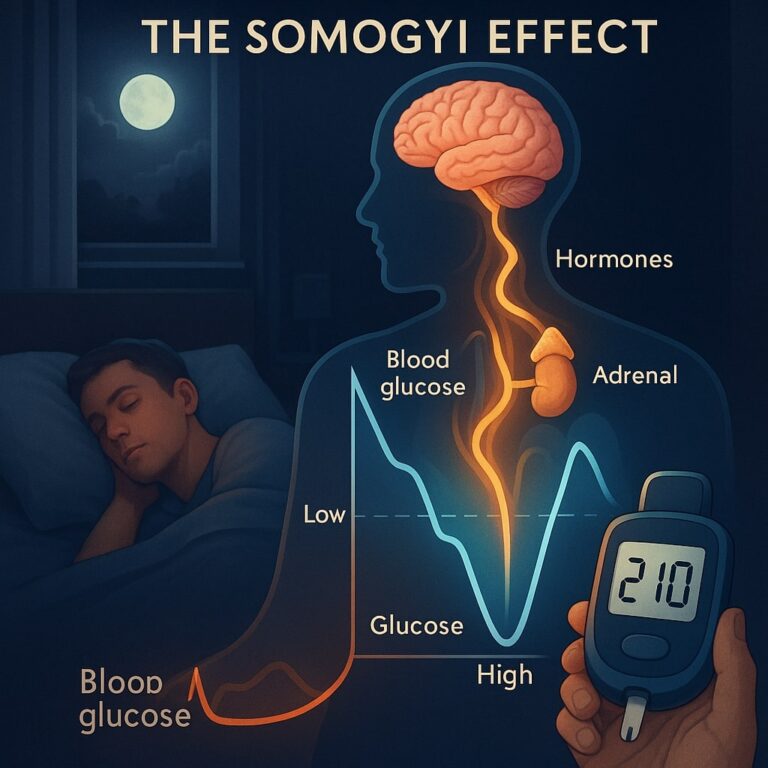

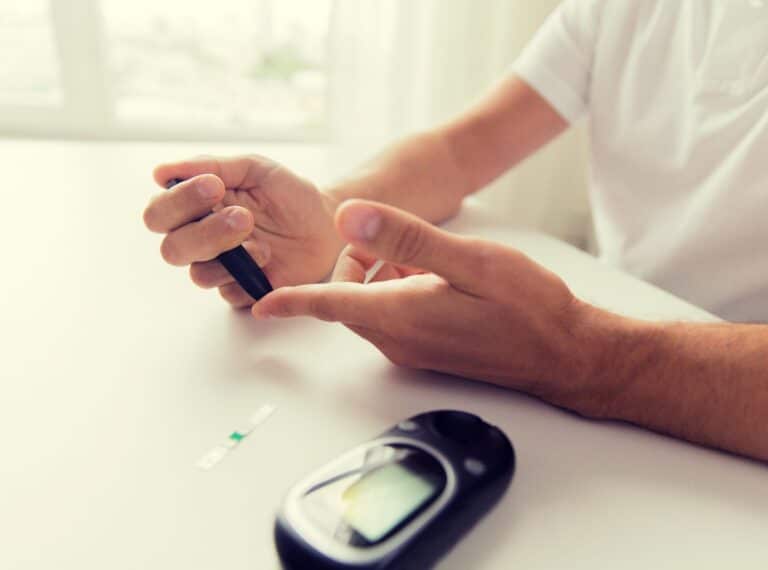
Leave a Reply